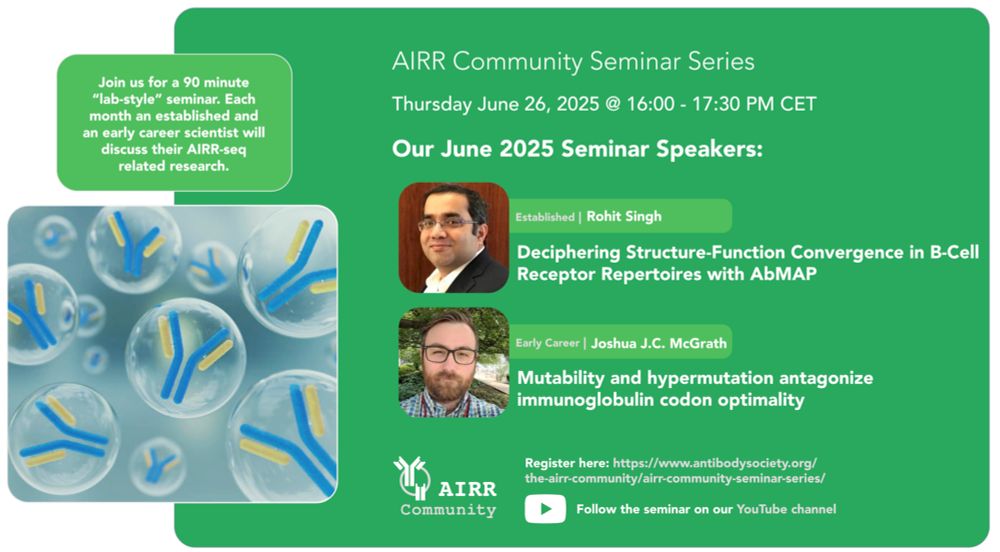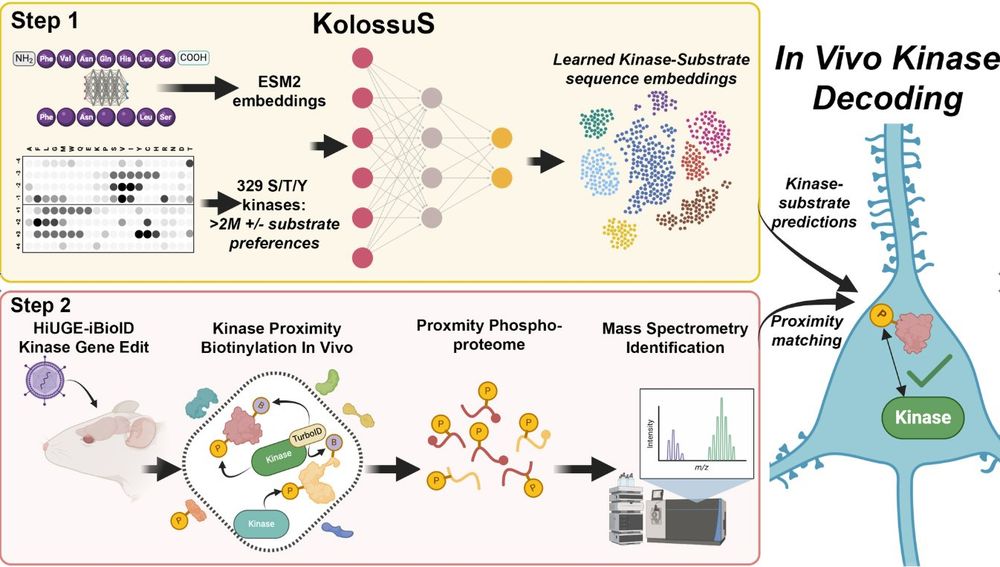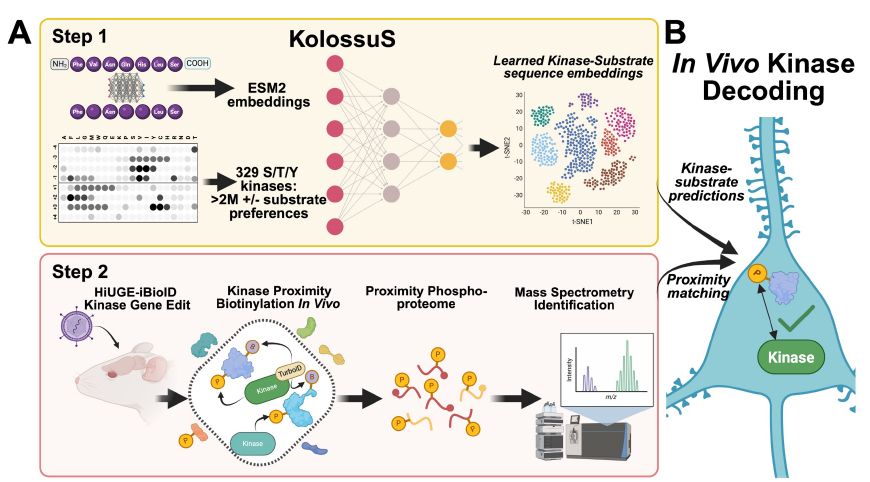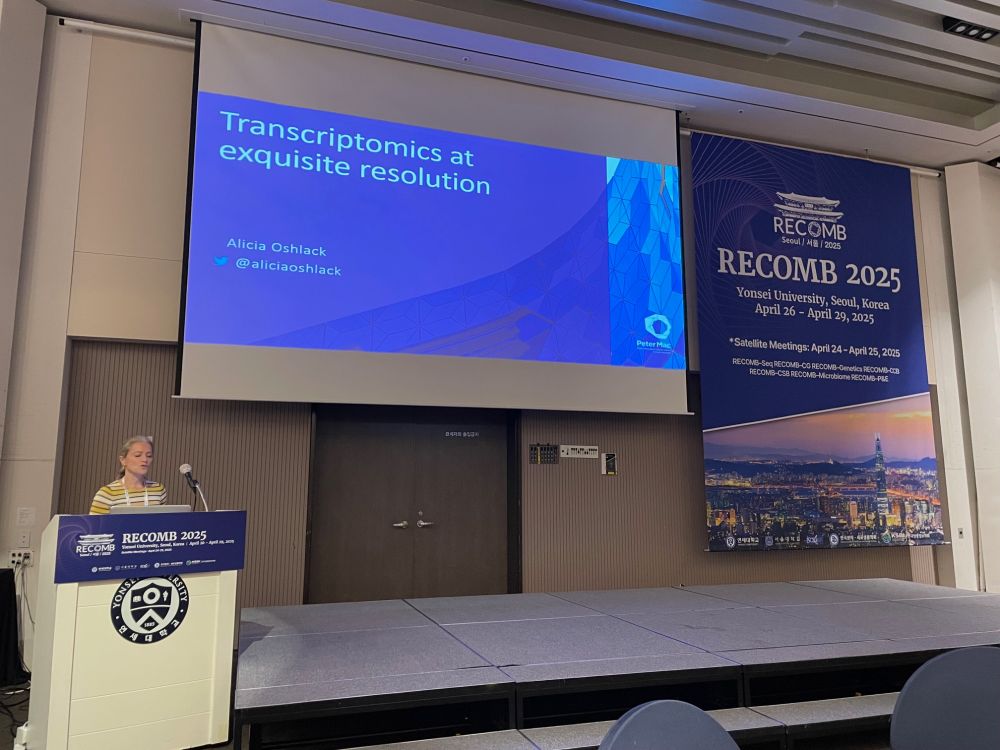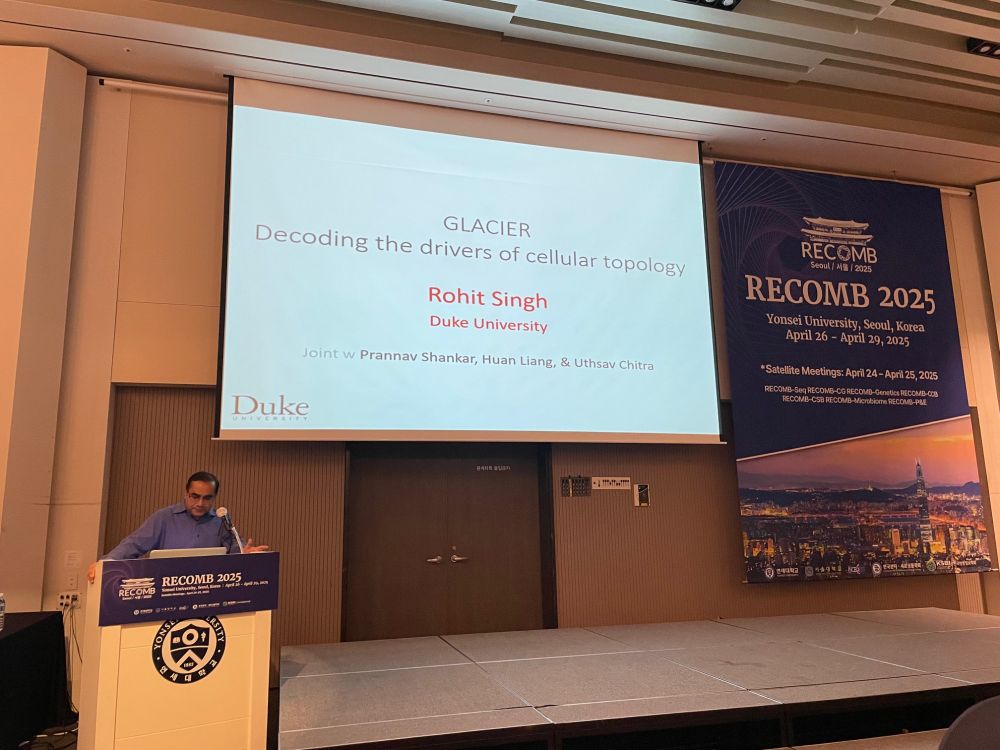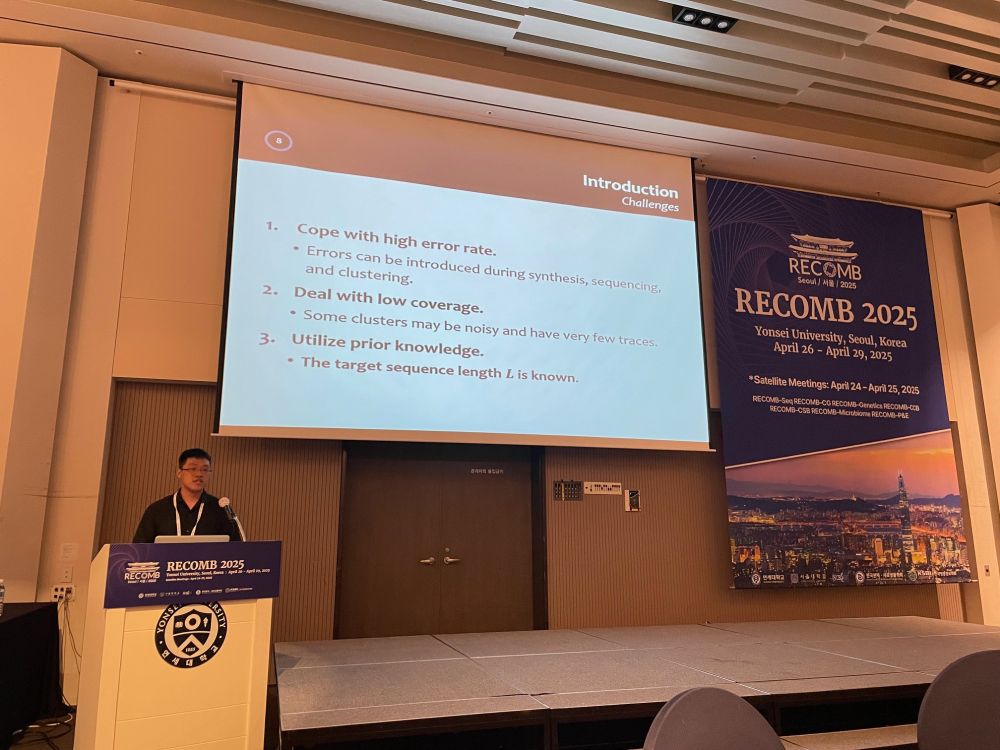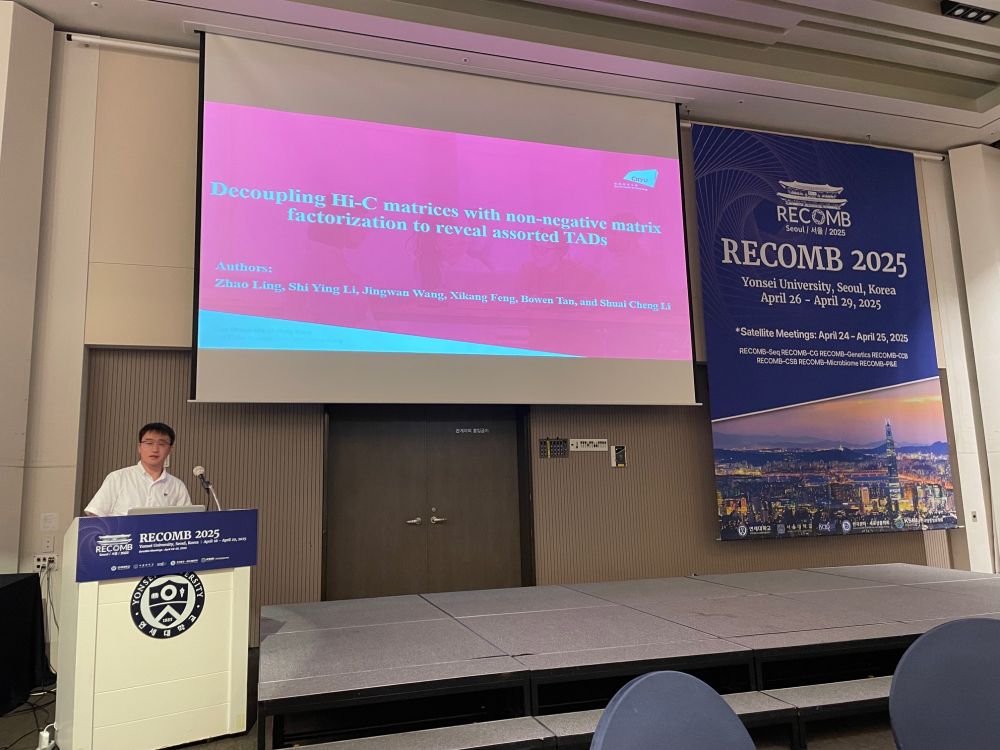Rohit Singh
@rohitsingh8080.bsky.social
960 followers
370 following
72 posts
Computational biologist. Faculty @DukeU. Co-founder http://martini.ai. Prev @MIT_CSAIL. Did quant investing for a while, before returning to research.
https://singhlab.net
Posts
Media
Videos
Starter Packs
Rohit Singh
@rohitsingh8080.bsky.social
· Jun 12
Reposted by Rohit Singh
Reposted by Rohit Singh
Reposted by Rohit Singh
Reposted by Rohit Singh
Reposted by Rohit Singh

